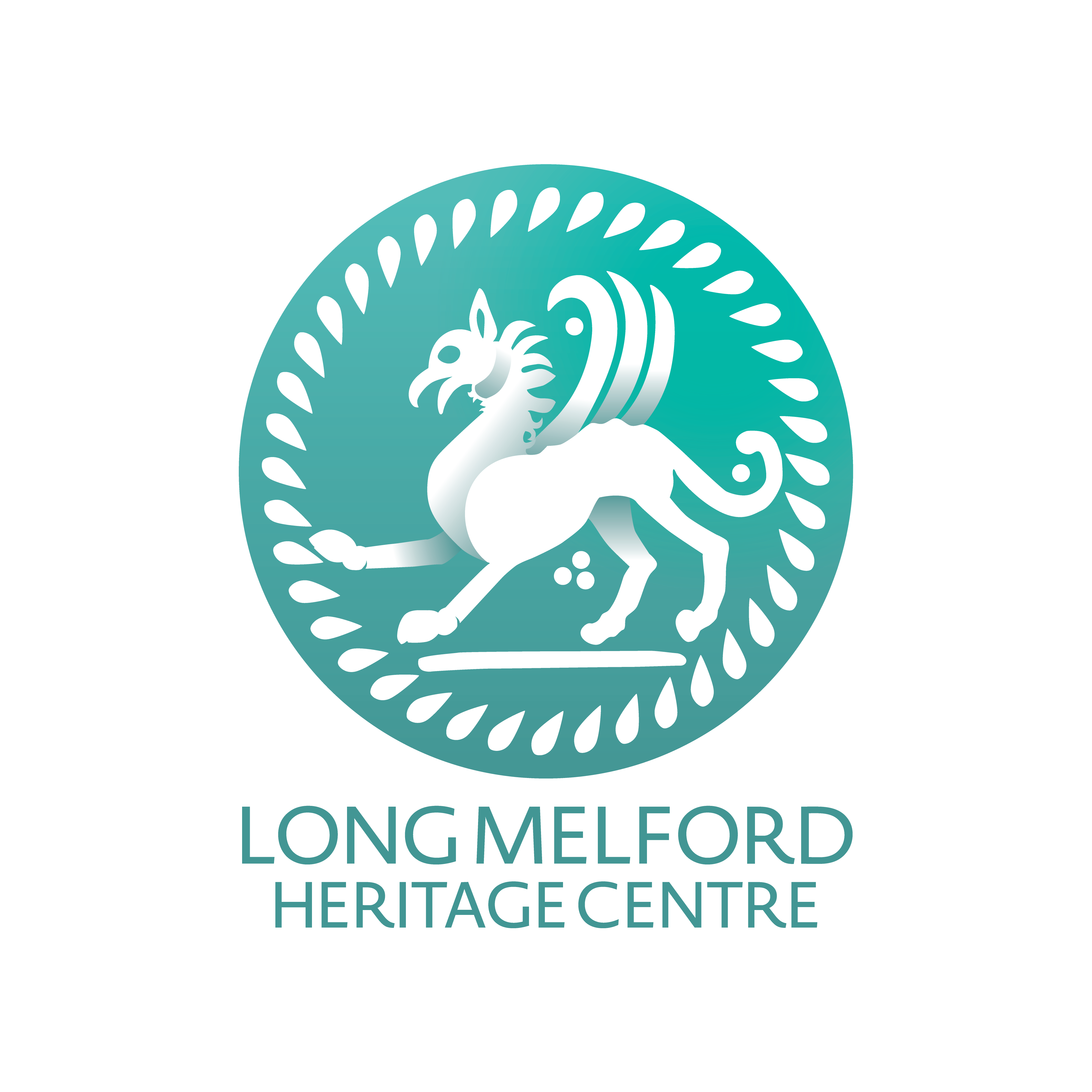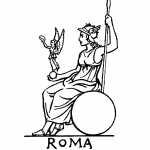September 2023.
EXCAVATION FOR THIS YEAR IS NEARLY OVER [ OR IS IT? ]
In the process of rounding up this years dig, and as always happens, more comes to light. As most of you are aware this year’s excavation has been exciting and surprising with unusual features and thousands of small finds together with unexpected interruptions which has prolonged the project. However, we can safely say that we have another piece in the archaeological jigsaw of Long Melford.
Many thanks to all our volunteers and supporters including other organisations and individuals who have travelled to be with us, including from SVCA and CAGs
I thought that this would be it for the year, but we have been offered help with a geophysical survey [GPR] together with a private project which is bound to be very interesting [watch this space].
I hope to meet you at my talk on the 27th October and leave you for now with a comment from a satisfied mother……..
My many thanks to you and your team (particularly Val) who made Tabby, Harry, Oliver and me feel so welcome last Wednesday. I very much appreciated the way you all took time to explain and discuss things with the younger generation. You have definitely fired Harry’s enthusiasm who would like to return to the dig in September if you are still working on it then.
We all thoroughly enjoyed ourselves (although some of us have a longer attention span than others). 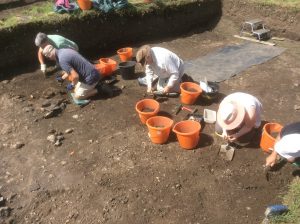
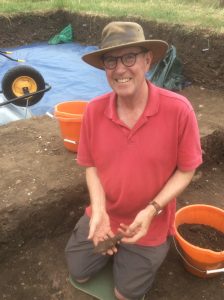
Once again, thank you and I hope the digging continues to uncover surprises.
With kind regards
Susan Kings
A well deserved pub break for the 2023 dig team....
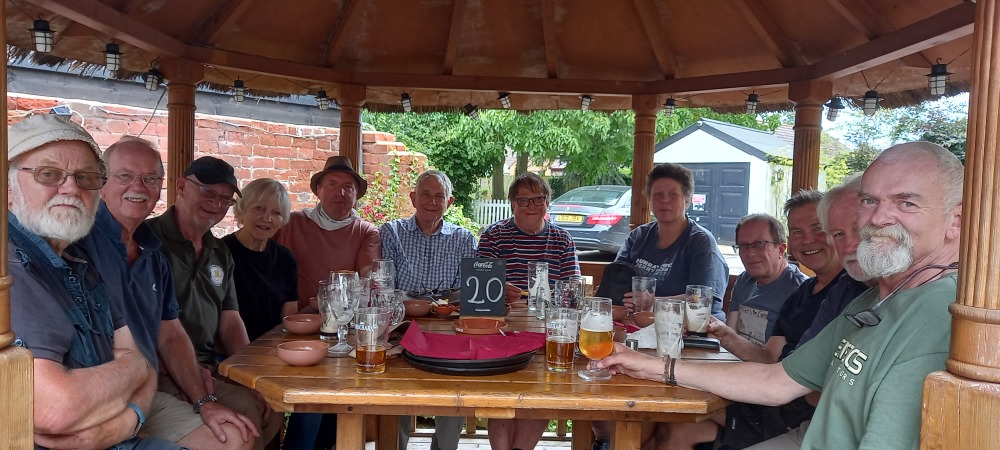
2023 Excavation Season Starts.
Our excavation team will start their season in June with further investigations in the area adjacent to our 2021 successful dig. With permission from the Hyde Parker Estate several areas will be examined after a geophysical survey is conducted (see attached images) using the very latest magnetometry equipment. It is hoped that this area next to the Roman Road/Causeway will prove to be very interesting and will reveal possible buildings.
Anyone who would like to be involved from Pot Washing to Excavating would be most welcome. Please apply:- Kenneth.dodd11@gmail.com
Watch this space for more details.
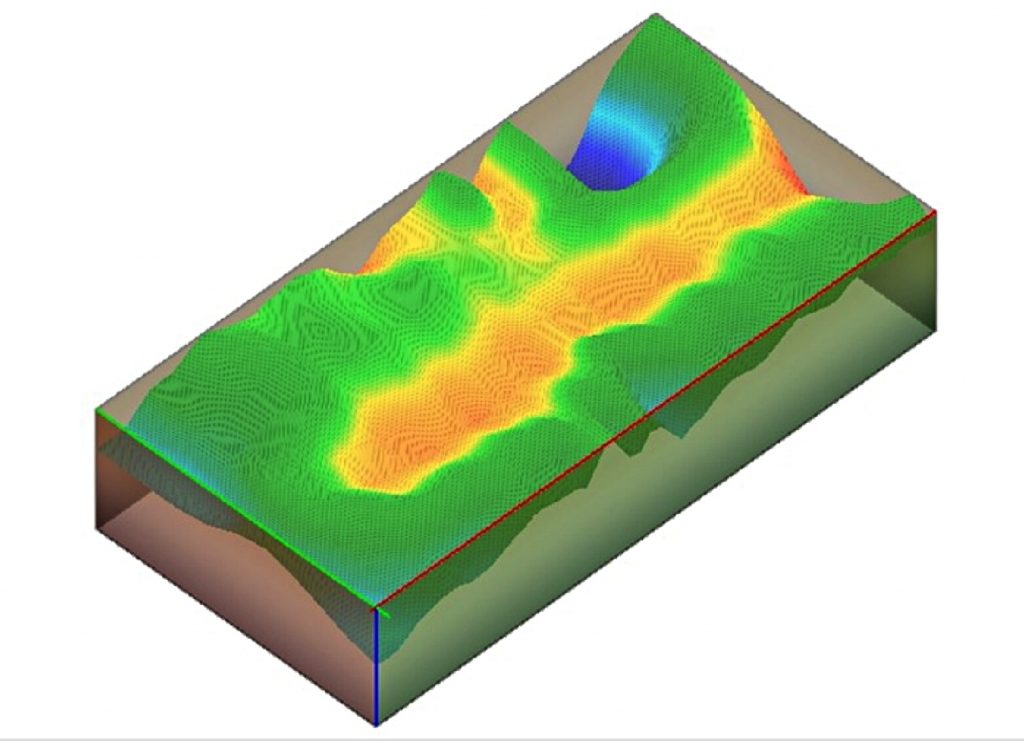
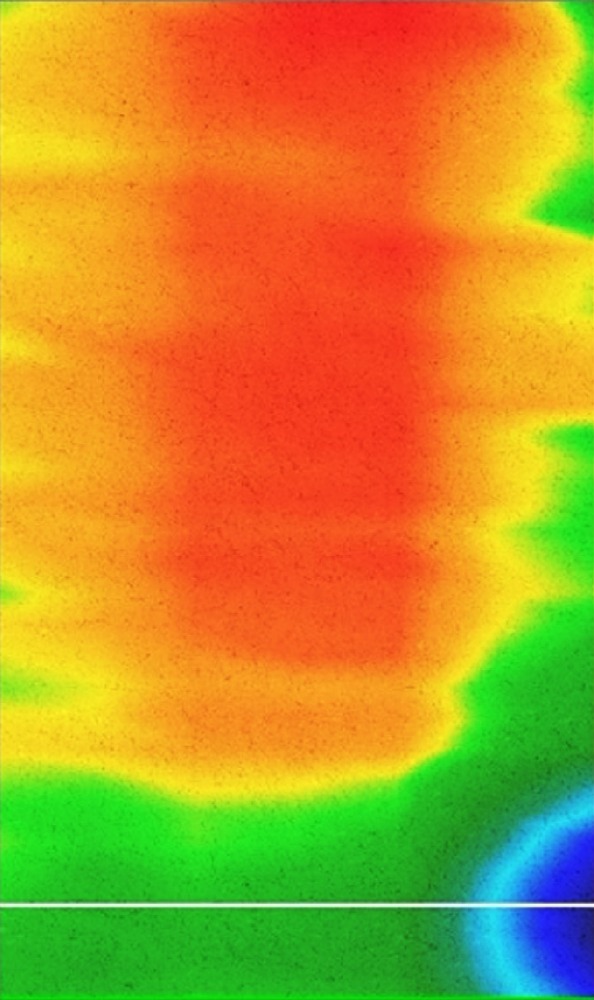
All Roman Roads lead to Long Melford
[A Summary of LMHT’s Archaeological Activities 2022]
Since the discovery in 2020 and our excavations of roadside occupation and a Roman road entering the settlement, its path has now been extensively extended. From the initial excavation its route was traced under the new Football Clubhouse and further across beneath the football pitches. Whilst the groundwork for the new club house was underway, we conducted monitoring of the trenches recovering numerous artifacts including a number of quern stones. This was duly recorded and reported to the County Council Archaeological Service. The direction of the road to the northwest of the Roman Town was excavated in 2021 confirming that the road continued as a causeway as it crossed the Chad brook and was also traced another km towards Cavendish. This particular excavation proved also that the Roman Town was significantly larger than previously thought, with evidence of exciting important buildings adding to its status.
Besides throwing into question the validity of previously suggested routes of Roman roads around Long Melford our research and that of Colchester Archaeological Group using satellite and lidar imagery indicate that Long Melford was the centre of a network of numerous Roman roads converging and leaving the town. This new evidence also dismisses the long-held view that the Roman Settlement was just a small roadside collection of dwellings instead of being a very well-connected Trade and Cultural centre.
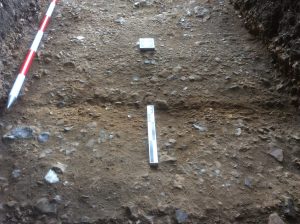
To a significant extent the current village overlays part of the early town, however this year for the first time we were able to see below the cricket and football fields by using geophysics. Partly funded by a generous grant from the Parish Council a survey took place during the summer. It revealed a complexed pattern of occupation reaching back 5,000 years by accurately measuring tiny differences in the earth’s magnetic properties. Our challenge now is to unpick this and identify modern intrusions and ancient features introduced over time. However, the first indications are that there are exciting possibilities which deserve further investigation and research. We will undoubtedly be reporting more on this next year.
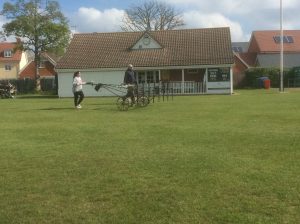
If all that is not enough, we of course still need to physically excavate for evidence to determine the real picture and not leave it to speculation. This year’s excavation in an area between the cricket and football fields was a good example of this. In 2013 as part of the t.v. programme by Michael Woods [The Story of Gt. Britain] a series of test pits involving the community were dug around the village overseen my Prof. Carenza Lewis. Our starting point for our excavation was to further investigate what appeared to have been a pit which revealed the floor of a Roman? Building.
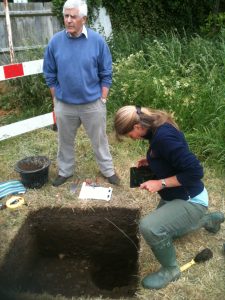
Prof Carenza Lewis 2013
With volunteers from the Stour Valley Community Archaeological Team, we opened an area around the pit site, however we were soon to encounter considerable modern disturbances including electrical cables and deeply buried modern detritus including aluminium cans. However, after this challenging start what emerged was unexpected and an exciting glimpse into a period of our history which is not often encountered, since the dating evidence was unusually helpful in recording this time of change and drama. We are still awaiting confirmation of the important dating evidence but suffice to say that the building was not roman but late Iron Age and was a structure of considerable importance. The pottery evidence indicated the presence of elite occupancy of an unusual building both in construction and shape. We are familiar with Iron Age Round Houses which were constructed with light timbers and wattle and daub walls having no foundations. This building, only part of which was uncovered, was a large rectangular barn/hall structure with flint foundations. On one side of a wide doorway a large door post was evident by a distinct charcoal filled impression. The building was partly burnt down and demolished with its flint foundation being removed and re-used along with its large timbers. When the robbed-out foundation trench was exposed, the skull of a dog was recovered, this having been ritually deposited in the bottom of the trench before being back filled with building debris Including fine imported pottery fragments of a late Iron Age date. These telling us that this special building may have been occupied by village leaders at the time of the Roman Conquest or soon after.
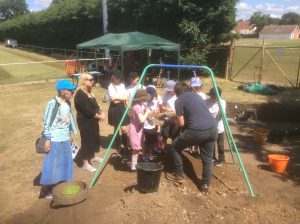
This year, we were particularly pleased to launch our new website enabling us to pass on exciting news together with a programme of community outreach. During our latest excavation seventy-seven children came along from the local Primary School and who went on to visit our Heritage Centre. An opening evening at the excavation site also attracted community interest. In addition, I had the pleasure of giving talks on our work to local societies and groups together with providing the media with features as we are particularly keen to disseminate our newfound history.
As a group we would like to thank the support given by the Parish Council, Landowners, sports clubs and local businesses without whom we could not operate at the level we do.
All the relevant fieldwork and research we undertake is registered on a national database in the way of Archaeological Reports with the co-operation of Suffolk County Council Archaeological Service.
Kenneth Dodd
